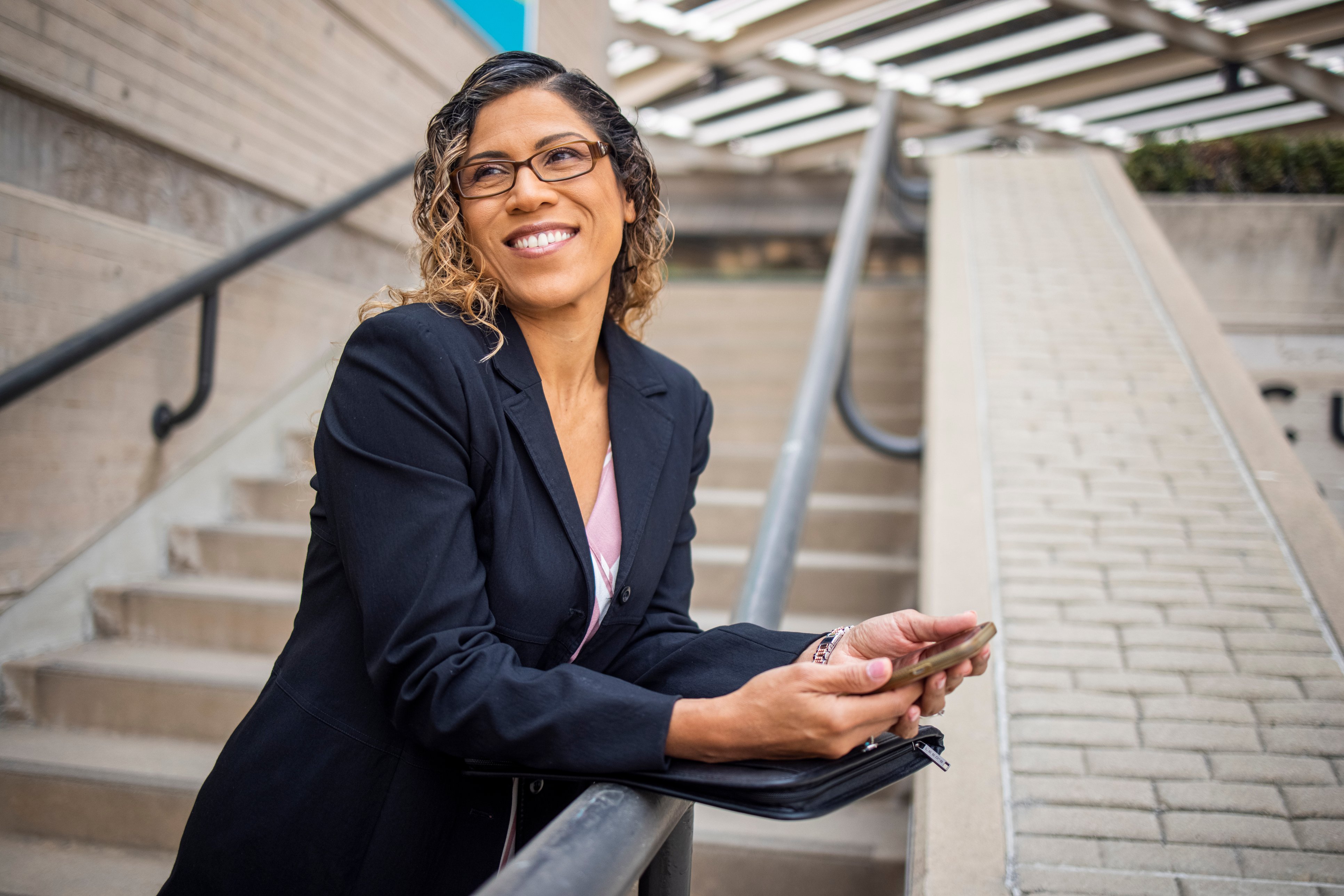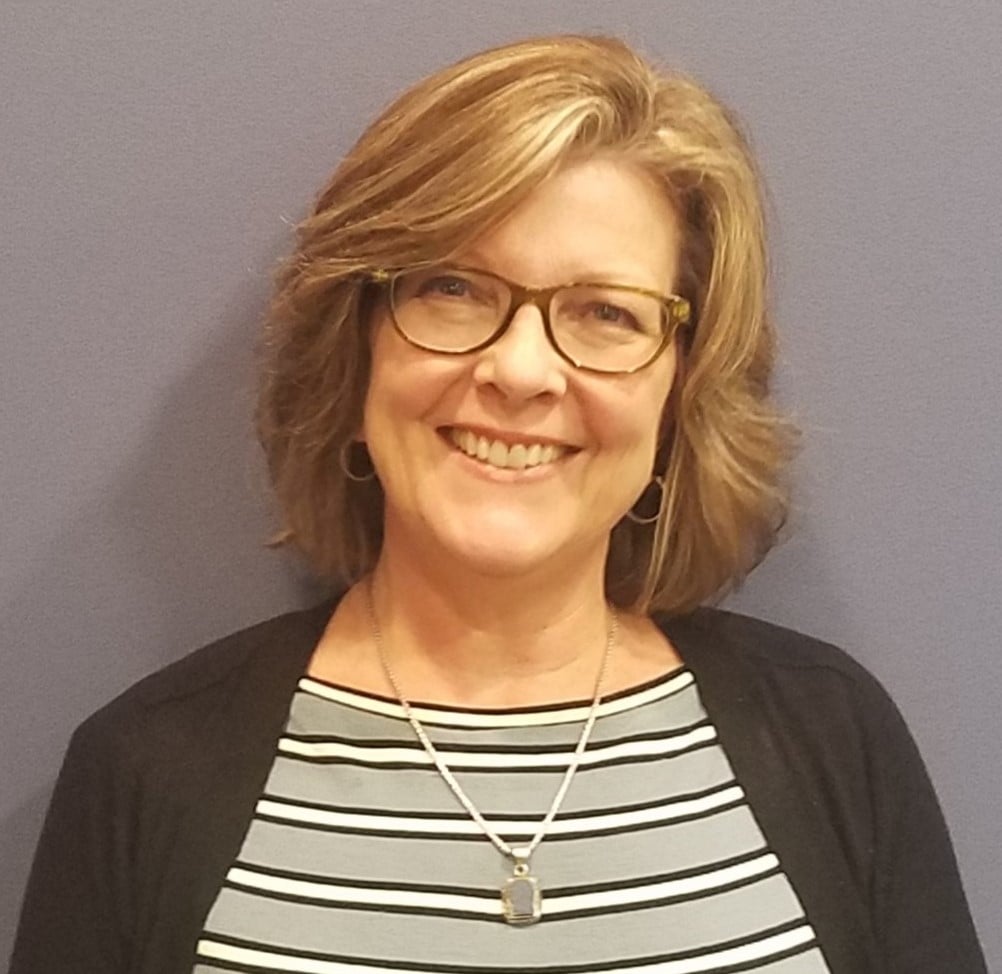A Brighter Future Through Credit for Prior Learning

Think Outside the Classroom - Your Students Do
Learning from experience has long been a key value in education. According to John Dewey, in order for both the individual learner and society to fully benefit, education “must be based on experience - which is always the actual life experience of some individual.”
Adult learners come to postsecondary education directly from work, life, and military experiences, where they often have had many years of hands-on learning that epitomizes what Dewey held up more than 80 years ago. They also often come with other kinds of experiential learning—from self-study, open educational resources, or from formal training outside the college classroom.
If you believe that learning counts, no matter where or how it is acquired, your programs need to find ways to assess and recognize that learning. That’s where credit for prior learning (CPL) -- also known as prior learning assessment (PLA) -- comes in.
Ready to get started on creating a CPL offering at your institution?
CAEL Members receive FREE access to Credit Predictor Standard
Access free, helpful resources and tools to put you on the right path.
Access Now →
Looking to streamline the existing CPL process at your institution?
Learn more about CAEL's new Credit Predictor Pro Tool.
Learn More →
Joseph Levy, executive director of assessment and accreditation at National Louis University, discusses the benefits of PLA/CPL
Overview
What is credit for prior learning?
Credit for prior learning (CPL) is a term for various methods that colleges, universities, and other education/training providers use to evaluate and formally recognize learning that has occurred outside of the traditional academic environment. It is used to grant college credit, certification, or advanced standing toward further education or training. Other common terms for this process include prior learning assessment (PLA) and recognition of learning.
Examples of learning outside of the college coursework that could be recognized include occupational experience and training in the workforce or military, independent study, non-credit courses, volunteer or community service, and non-college courses or seminars.
- Work experience.
- Professional training.
- Military training.
- Open-source learning from the web and other independent study.
- ACE and National College Credit Recommendation Services.
- Standardized exams (e.g., CLEP exams through the College Board, DSST military exams through Prometric, UExcel exams through Excelsior College).
- Challenge or departmental exams.
- Institutional review of external training, licenses, or certifications.
- Advanced Placement and International Baccalaureate exams.
CPL/PLA has been in practice for more than 40 years with well-documented benefits to postsecondary institutions and students:
- Credential completion—new research from CAEL and WICHE found that adult students who participate in PLA/CPL are 17 percent more likely to complete, compared to those without PLA/CPL.
- Time saved—adult PLA/CPL students saved, on average, 9-14 months in earning a degree (CAEL-WICHE study findings).
- Money saved—depending on sector, adult students saved between $1,500 and $10,200 through PLA/CPL (CAEL-WICHE study findings).
- Adult student recruitment—CPL/PLA meets adult learners where they are. It intersects with several of the Ten Principles for Effectively Serving Adult Learners, which are fundamental to the success of adult learners and the institutions that enroll them. The evidence is clear that PLA hits squarely at what adult students care about most when they are considering postsecondary enrollment: completing credentials quickly and affordably. PLA can bolster your marketing and outreach messages to attract more adults to your institution.
- Enrollment in more classes at the institution—on average, adult students with CPL/PLA take 17 more course credits from their college or university compared to those without CPL/PLA.
- Validation and motivation—qualitative interviews reveal that both students and institutional representatives find the PLA/CPL process to be empowering and validating. Students who earned CPL/PLA credit discussed how the act of reflecting on past learning was a positive experience for them and often improved their self-image (Klein-Collins & Olson, 2014).
No video selected
Select a video type in the sidebar.
Tracy Costello, assistant director of prior learning assessment at National Louis University, shares her perspectives on the benefits of credit for prior learning
Adult Learners at a Glance...
(adult PLA/CPL students)
(adult non-PLA/CPL students)
by adult PLA/CPL students
Why Now? CPL Can Help Workers Accelerate to New Occupations & Careers
Credit for prior learning is growing in importance as millions of adult learners look to postsecondary education as a gateway to new employment opportunities.
More than 39 million workers in the U.S. have completed some college but no degree. By 2027, 70 percent of all jobs will require postsecondary education. Yet 27.9 percent of adults 25 or older have completed high school or less. And 42.8 percent of adults 25 and older do not have a college degree.
Why Now? CPL can be a Strategy to Recruit & Retain Adult Students
Meanwhile, postsecondary institutions are facing decline in enrollment of traditional-aged students, which is expected to continue and worsen over time. Research from the Western Interstate Commission for Higher Education found that the annual number of high school graduates— the source of “traditional” college students—will begin a long-term decline in 2025.
Awarding Credit for Prior Learning Does Not Sacrifice Revenue
It's important to note that PLA/CPL benefits for students don’t come at the expense of institutions. Because recognition of prior learning leads to greater persistence and completion, it also leads to students taking more traditional-course credits (in the CAEL-WICHE study, on average, adults with PLA/CPL earned 17.6 more course credits than students who did not have PLA/CPL credit). In addition, retention and completion rates are widely recognized as key performance indicators for postsecondary institutions, shaping perceptions among prospective students, community leaders, and policy makers.
Offering CPL at Your Institution
CAEL Can Help Your Students Build on Their Past to Create a Brighter Future
A nonprofit setting the standards in adult learning excellence since 1974, CAEL is a trusted industry partner and advocate for PLA/CPL. With decades of experience in policy and practice, we have a comprehensive and continually evolving knowledge base for creating and maintaining an effective program for PLA/CPL.
"What I love about the recognition of prior learning is the transformational awakening experienced by some. These individuals don’t necessarily recognize that what they’ve learned and done is valuable. Recognition of prior learning can be a self-awareness and self-esteem game-changer."

Tracy Costello
Assistant Director of Prior Learning Assessment
National Louis University
CAEL’s CPL Support Meets You Where You Are
“We Help You Build It” Model
CAEL helps institutions build PLA /CPL programs from the ground up to assisting with add-ons and other enhancements to existing programs. Institutions can select from CAEL’s suite of support services to quickly optimize onsite programs:
- PLA/CPL Policy Creation and Refinement
- PLA/CPL Process Mapping
- Crosswalking Employer Training to College Credit
- Marketing Your PLA/CPL Program and Increasing Uptake Among Recruits
Learn more about improving your institution’s support of adult learners.

Next Level Credit for Prior Learning

The PLA Boost
Download the comprehensive report about the impact PLA/CPL has on adult learners, enjoy a complimentary ondemand webinar, and more.

From the Ground Up: Building the Foundations of a PLA Program
This four-week asynchronous online course explores the different opportunities students have to demonstrate their knowledge and learning as well as the impact PLA/CPL has on organizational practices and student success.

FREE: Roadmaps to Success
Adult learners are the new “normal” students, but many postsecondary systems are not optimized to serve their unique needs. This free resource explores the challenges adult learners face.

Building Blocks for Effective PLA Programs
CAEL Member Exclusive:
Prior Learning Assessment, or PLA, is a proven intervention that helps learners reduce their educational costs and time to graduation. An effective PLA program can be a source of many positive outcomes, from increased probability of retention and persistence, to learners feeling confident and validated. In this course, we will explore the components of a PLA program, and help you begin to formulate a PLA model that will work for your institution.
